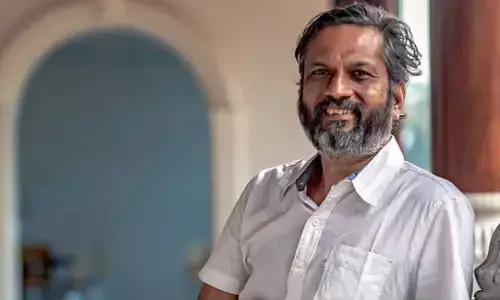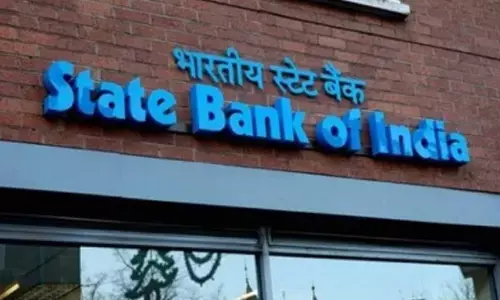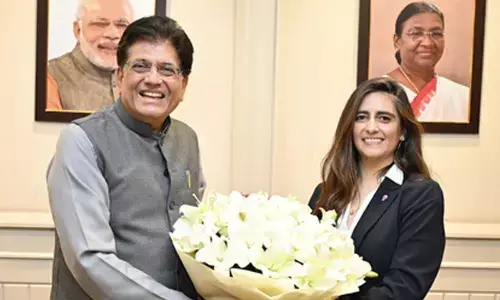India should take up bigger space missions

The Indian Space Research Organisation ISRO has launched its latest communication Satellite GSAT29 atop the new and powerful GSLV MkIII, which is Indias heaviest and shortest rocket GSAT29 is a communications satellite designed to improve telecommunication and Internet Services under the Digital India programme in Jammu and Kashmir and the Northeast
The Indian Space Research Organisation (ISRO) has launched its latest communication Satellite GSAT-29 atop the new and powerful GSLV Mk-III, which is India's heaviest and shortest rocket. GSAT-29 is a communications satellite designed to improve telecommunication and Internet Services under the Digital India programme in Jammu and Kashmir and the Northeast.
The bigger story, however, is that GSLV Mk-III is now ready to capture international space business and launch Indians into space. The satellite is a communications satellite with two separate payloads designed to improve telecommunication and internet services under the Digital India programme thus bridging digital divide in the hinterland. The satellite will also work in conjunction with the Indian National Satellite (INSAT) constellation and is expected to function for at least 10 years.
Along with the main payload, the rocket also carries three experimental payloads that will be developed for future launches. These are: Twin satellites communicating over microwave wavelengths: an experimental payload for optical communication (using light to transmit data in space); and a high-resolution camera for earth imaging. The payloads are all to advance the nation's Digital India programme.
This present mission is especially important to ISRO's Gaganyaan Mission. It is the second in a series of developmental trials of heavyweight GSLV Mk-III rocket before it fires three Indian astronauts to low-Earth orbit in India's first manned mission to space. The agency's launch calendar is brimming with launches for the months leading up the next launch of global importance - the Chandrayaan-2 mission to send an orbiter, lander and rover to the moon, scheduled for launch on January 3, 2019. The functional GSLV Mk-III has been a rocket long in coming. It was even expected to launch the Mangalyaan, India's successful Mars orbiter mission, five years ago, but was reconceptualised to be more powerful.
Until now, India has had to rely on foreign rockets such as the French Ariane 5 to launch heavy satellites. This has been one of the mainstays of Franco-Indian space cooperation. However, it has been expensive for the country with each launch costing us about Rs 400 crore. Though other rockets such as Ariane 5 and Delta IV Heavy can launch much heavier payloads of up to 8 tons, the GSLV MI-III is still a huge improvement in India's launch capabilities. The one is an economic imperative for India. It is clear that the ISRO has its eyes set on the multi-billion international satellite market commercial opportunity, a good chunk of which the present one can help capture.
The successful launch gives India significant cost advantages in this market, making it a preferred destination for many countries that need to launch heavier satellites in the coming years. There are deficiencies in our space programme due to various reasons including technical, financial and scientific, no doubt. ISRO is working for India's ‘here and now’ needs due to thin financial allocations by the Centre in the budgets. In essence, there is no long-term programme like having our own space station. The incremental steps taken by our programme do not lead to major benefits in space science for the country. Hope the governments look into it.

















